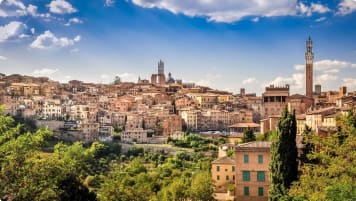Noto, Italy
Noto, Italy Palazzo Ducezio and the Basilica Minore di San Nicolò, Noto. Long off the tourist trail, the city of Noto – capital of Sicilian baroque – is one of the most beautiful cities in…
5 Feb 20 · 4 mins read
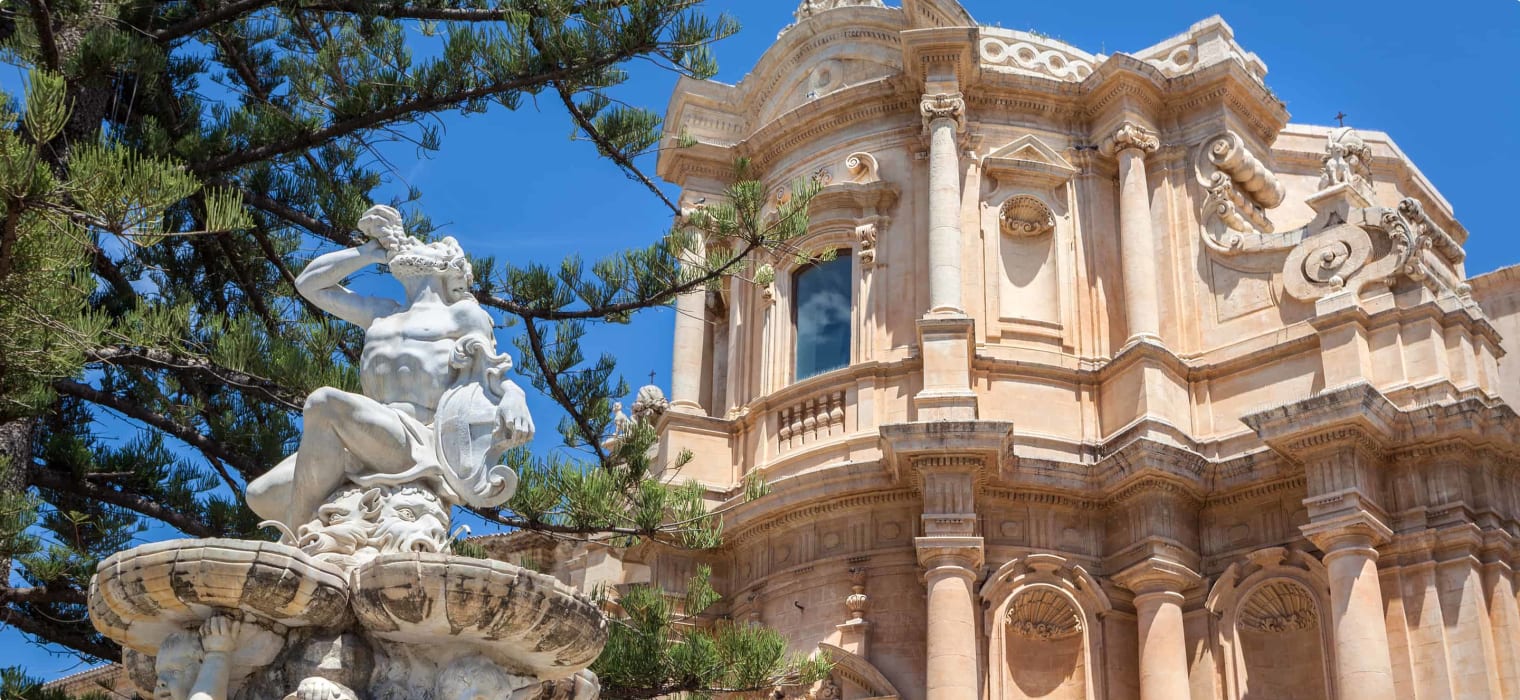
Noto, Italy

Long off the tourist trail, the city of Noto – capital of Sicilian baroque – is one of the most beautiful cities in Sicily. A golden gem surrounded by stunning coastal and scenery, Noto offers all the charm of Italy’s major tourist destinations – without any of the crowds.
In ancient times, Noto was known as Netum, and was a city of some significance. It was established by the Sicel, before (likely) becoming subject to the Greek city of Syracuse and then the Roman Empire. Following the Arab conquest of Sicily in 866, Noto became capital of one of the three districts of the island. Noto was the last Arabic city in Sicily to fall to the Normans in 1091, but maintained its prosperity through the Norman and Early Modern eras.
Despite its illustrious history, nothing of the ancient or medieval city of Noto remains. The ancient city was destroyed entirely in the 1693 Sicilian earthquake. With a magnitude of 7.4, the 1693 earthquake was the most powerful in Italian history, affecting an area of over 5, 600 square kilometres. As one eyewitness to the quake, Vincentius Bonajutus, recalled:
‘It was in this country impossible to keep upon our legs, or in one place on the dancing Earth; nay, those that lay along on the ground, were tossed from side to side, as if on a rolling billow’
Tragically, over 60, 000 people would die as the result of the quake, including 2/3rds of the population of Catania. Noto was entirely destroyed, while over 70 other cities and towns saw severe damage.
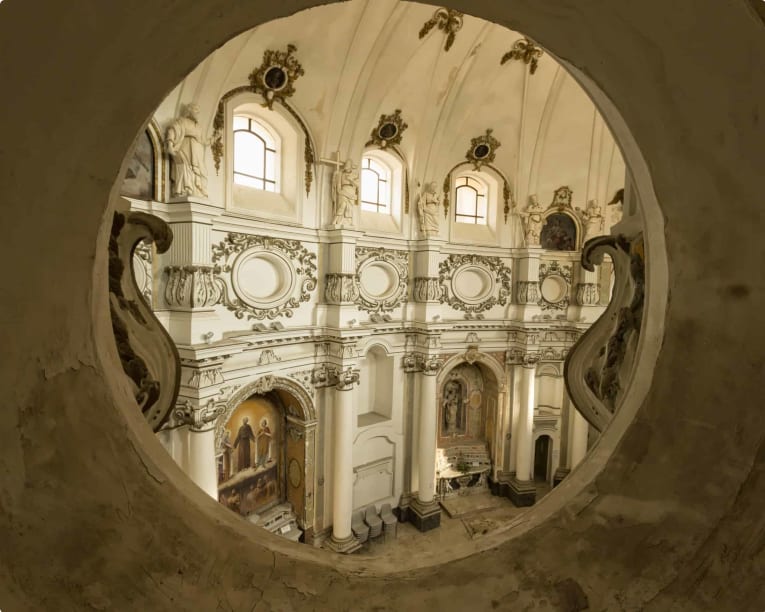
Though Sicily was ruled by the Spanish Bourbon family at the time, real power lay in the hands of the Viceroy of Sicily. At that time the Viceroy was Giuseppe Lanza, Duke of Camastra. An experienced administrator, the Duke was aware of recent trends in town planning, and decreed that rather than rebuilding along the cramped medieval model, the new cities should offer piazze and wide streets, built to a rational grid system.
The idea of a planned city was then at the forefront of architectural and Enlightenment thought – before the earthquake, only St. Petersburg and a couple of minor cities had been planned. To indicate how forward-thinking Sicily’s plans were, recall that following the (then only-recent) disaster of the 1666 Great Fire of London, the City of London was rebuilt along medieval lines. When Sir Christopher Wren, architect of St. Paul’s, proposed to rebuild the city to a rational grid system, his ideas were rejected due to land ownership issues.
The city of Noto, rebuilt around 10 kilometres from its original site, is considered the jewel of the post-quake rebuilding attempts. It was designed by a local aristocrat, Giovanni Battista Landolina, who worked with three architects to build the new city in the intricate and flamboyant style that would come to be known as ‘Sicilian baroque’. The creator of many of the finest buildings was the local architect Rosario Gagliardi, whose work can also be found in Modica and Ragusa.
The focal point of the reconstruction is the grand Corso Vittorio Emanuele, a boulevard flanked on either side by baroque palazzi and intricate church facades. Midway down the boulevard is the Piazza Municipio, surrounded on all sides by Noto’s grandest buildings – the golden San Nicolò Cathedral; Palazzo Landolino, once home to one of Noto’s most powerful families; and the French-inspired Palazzo Duchesio.
Another highlight is the Palazzo Castelluccio, a once-abandoned palace saved by the French filmmaker Jean-Louis Remilleux. Inspired by Giuseppi Tomasi di Lampedusa’s 1958 classic novel about a Sicilian nobleman dealing with the changes of the late 19th, The Leopard, Remilleux restored the palace with period fittings – original frescoes and tiles, faithfully reproduced wallpaper, and authentic Sicilian baroque furniture. The palace is now open to the public via guided tour.
While Noto might be the jewel in the crown of the ‘Sicilian baroque’, a number of surrounding towns in the Val de Noto were also rebuilt in a similar style after the earthquake. Highlights include Caltagirone, long the capital of Sicily’s pottery industry, and the striking hilltop city of Ragusa. In 2002 Noto, Caltagirone, and Ragusa – along with five other cities, Militello Val di Catania, Catania, Modica, Palazzolo, and Scicli – were recognised as the ‘Late Baroque Towns of the Val di Noto’ UNESCO World Heritage Site.
Near Sicily’s south-eastern coast, Noto is easily accessible from Catania by train or rental car.

Articles about Sicily published by Odyssey Traveller:
- Mediterranean Islands: Malta, Sicily, Sardinia and Corsica
- About Malta, Sicily, Sardinia, and Corsica
- The Sicilian people and their kings
- Early History of Sicily: From the Phoenicians to the Arab Conquest (800 BC to the 10th Century)
- Piecing together the life of Caravaggio
- Learning About Caravaggio’s Paintings
For all the articles Odyssey Traveller has published for mature aged and senior travellers, click through on this link.
External articles to assist you on your visit to Sicily:
Related Tours
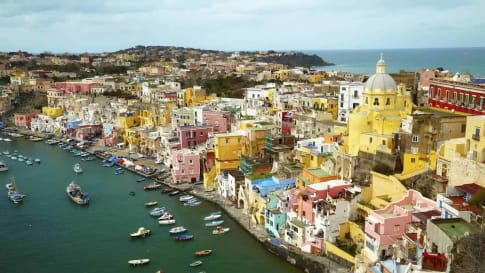
22 days
Jan, Apr, SepAncient History of Southern Italy & Sicily group tours
Visiting Italy
Our program for senior travellers, as well as featuring the rugged countryside of Southern Italy, also encompasses learning about the many civilisations that have shaped this land. We learn about the influence of the early Phoenicians, Greeks, Romans, Byzantines, Saracens, and Aragonese.
From A$17,485 AUD
View Tour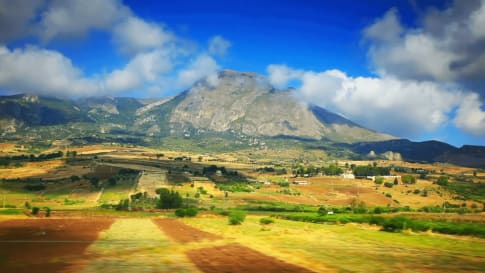
12 days
Apr, Oct, SepMalta & Sicily - Mediterranean Islands small group tour
Visiting Italy, Malta
For centuries Malta and Sicily held the key to the Mediterranean. We explore ’s the Mediterranean natural beauty, its ancient Roman, and Imperial heritage, its World Heritage Sites, and world famous cities, all with some truly spectacular scenery along the way. This and more is all waiting to be explored on one of Odyssey’s small group tours of the Islands of Mediterranean, designed for the senior traveller, and led by experienced, and enthusiastic like-minded people. This escorted tour of western Mediterranean explores the geography, history, culture and peoples of these 2 islands.
From A$10,150 AUD
View Tour
25 days
Apr, Sep, OctMediterranean Islands Small Group Tour | Malta, Sicily, Sardinia and Corsica
Visiting Corsica, Italy
For centuries Malta, Sicily, Sardinia and Corsica held the key to the Mediterranean. We explore ’s the Mediterranean natural beauty, its ancient Roman, and Imperial heritage, its World Heritage Sites, and world famous cities, all with some truly spectacular scenery along the way. This and more is all waiting to be explored on one of Odyssey’s small group tours of the Islands of Mediterranean, designed for the senior traveller, and led by experienced, and enthusiastic like-minded people. This escorted tour of western Mediterranean explores the geography, history, culture and peoples of these 4 islands.
From A$19,750 AUD
View Tour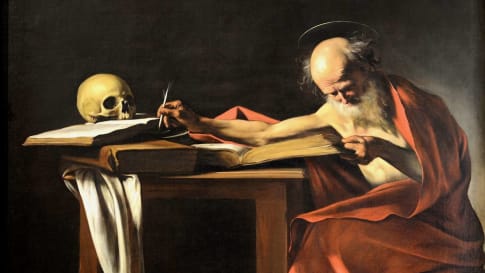
20 days
May, OctCaravaggio’s Journey | Small Group Tour in Italy
Visiting Italy, Malta
On this small group tour of Italy and Malta for mature and senior couples and solo travellers we trace the life of Caravaggio, exploring the artistic works he left behind and the tumultuous life he led. We follow him from his birthplace in Milan to Rome, Malta, Sicily and Naples. In each place he lived Caravaggio left behind a rich legacy of art for us to admire.
From A$15,125 AUD
View Tour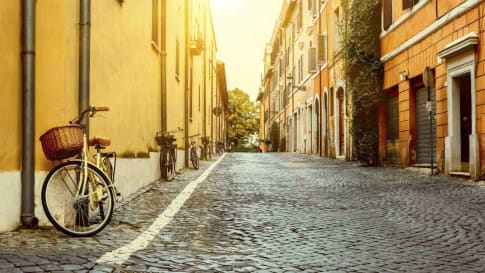
22 days
Sep, Apr, MarHeritage, Culture and History of Italy | Small Group Tours for Seniors
Visiting Italy
Rome, the world’s first superpower, lasted for almost a thousand years. In this small group tour for senior couples and solo travellers we thread our way through the Rome of the Emperors, then through the Italy of the Renaissance, Michelangelo, the Medici, and the Borgia. In the south, we visit the cosmopolitan city of Naples as well as Pompeii and the island retreat of Capri.
From A$14,375 AUD
View Tour
